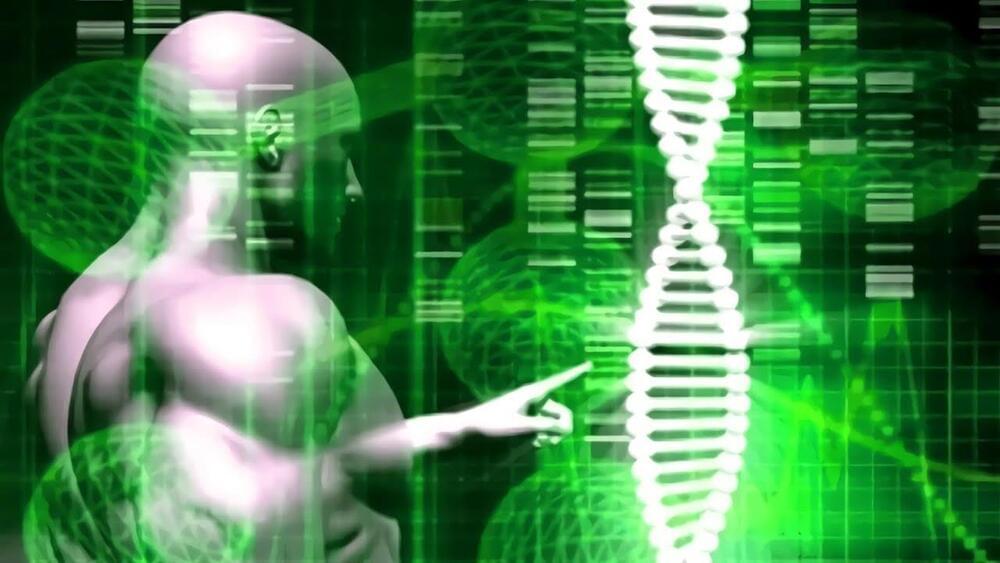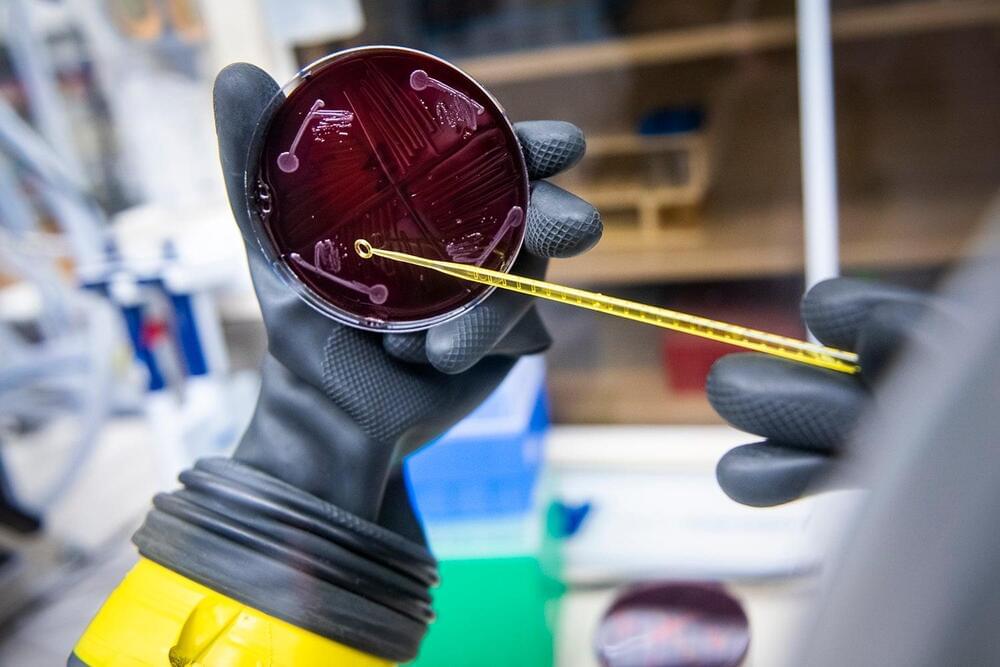The most powerful Exascale Supercomputer is going to release in 2021 and will feature a total of 64 Exaflops. More than 6 times as much, as the Leonardo Supercomputer that’s also set to release this year.
This is accomplished with the help of a new type of processor technology from Tachyum that’s called “Prodigy” and is described as the first Universal Processor.
This new processor is set to enable General Artificial Intelligence at the speed of the human brain in real-time. It’s many times faster than the fastest intel xeon, nvidia graphics card or apple silicon. This new super-computer will enable previously-thought impossible simulations of the brain, medicine and more.
–
If you enjoyed this video, please consider rating this video and subscribing to our channel for more frequent uploads. Thank you! smile
–
#supercomputer #ai #exascale









